HELP - Black Mold
jdm34
16 years ago
Featured Answer
Sort by:Oldest
Comments (20)
kailleanm
16 years agolast modified: 9 years agopbrisjar
16 years agolast modified: 9 years agoRelated Discussions
Help - Black mold on apple tree leaf veins
Comments (1)Here are some pictures of the mold and the browning edges....See MoreNeed help- black mold on leaves
Comments (4)Thats the same thing thats happining on my hoya, it only happens around the base and then the leaves drie up and fall off. My hoya was a litle over watered when it was out side in the summer, I left it with my mom and she wattered it every day, not making that mistake again. I'll try to stop wattering it untill the first inch of soil dries out....See MoreBlack mold? Not sure. Need help.
Comments (3)sounds like some type of tar that just got splattered on the wood. mold is a living being, and a wire brush would have at least brushed the bulk of it off. most likely your problems are regional, not from the house. when i leave my area for vacation or business, i breathe fine and have no issues. as soon as i get back in the MS delta my sinuses clog and i get a headache. Being that you are new to your area, you have not had time to adjust and may have sinus issues for a while, possibly every year during the spring....See Moreugh--black mold in attic/bathroom drywall--help!
Comments (8)So what advice did your mold experts give you? Certainly not peroxide, baking soda & boric acid?? Have you heard of a product called Boracare? It is a mold inhibitor that sprays on & will keep mold in an inactive state. Understand that you can't kill mold, just keep it inactive. If Relative Humidity (RH) gets above 50% mold growth will be activated again. You can bleach it, kiltz it...but it is just covering the mold up for alimited time. I would first look for the moisture intrusion that caused the mold growth. Get a roofer with a good reputation & good flashing education to take a look at the flashing of the skylights. Is this where the moisture intrusion began? Also look at the wall covering in your bathroom. If you have vinyl wall paper this is a source of mold as it traps moisture behind it. Oil based paintd also make a vapor barrer on top of your walls. The paper backing on the back of sheetrock is an issue. There is a brand called Densearmor or Denseguard that has no paper backing.. For mold to grow it has to have moisture and a food source eliminate the moisture first and then determine if the food source needs replacing. Have an electrician hard wire the fan to come on when the light is turned on. Bath fans should run at least 20 minutes after shower/bath is finished to remove the additoinal humidity that has been introduced into the home. Best of luck to you....See Morekailleanm
16 years agolast modified: 9 years agojdm34
16 years agolast modified: 9 years agolascatx
16 years agolast modified: 9 years agobluekitobsessed
16 years agolast modified: 9 years agolascatx
16 years agolast modified: 9 years agochefkev
16 years agolast modified: 9 years agobreenthumb
16 years agolast modified: 9 years agobreenthumb
16 years agolast modified: 9 years agocaligirl_cottage
16 years agolast modified: 9 years agolascatx
16 years agolast modified: 9 years agolisa226
16 years agolast modified: 9 years agobluekitobsessed
16 years agolast modified: 9 years agobreenthumb
16 years agolast modified: 9 years agogrowlery
16 years agolast modified: 9 years agotalley_sue_nyc
16 years agolast modified: 9 years agoBuehl
16 years agolast modified: 9 years agolascatx
16 years agolast modified: 9 years ago
Related Stories

ARTExpert Talk: Sculpture Helps Rooms Break the Mold
Pro designers explain how sculpture can bring interiors to a higher level of design
Full Story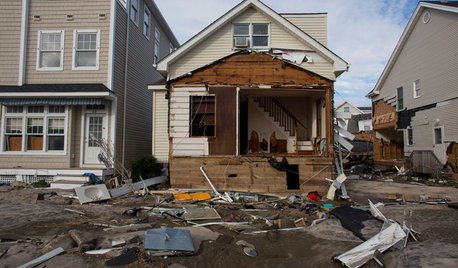
DISASTER PREP & RECOVERYHow to Combat Mold in a Flooded House
Before you rebuild or restore your water-damaged home, take these steps to keep mold at bay
Full Story
REMODELING GUIDESCrown Molding: Is It Right for Your Home?
See how to find the right trim for the height of your ceilings and style of your room
Full Story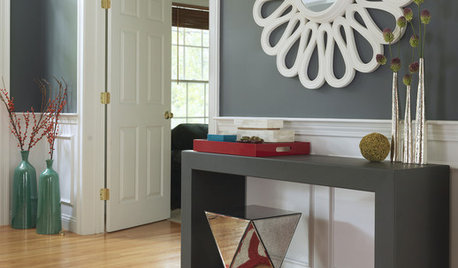
REMODELING GUIDESFrame Your Views With Great Moldings and Casings
How to Work With Trim to Give Your Space Depth and Interest
Full Story
KITCHEN DESIGNKitchen Confidential: Go Bold on a Budget
Discover 5 ways this black and white beauty broke the mold but not the bank
Full Story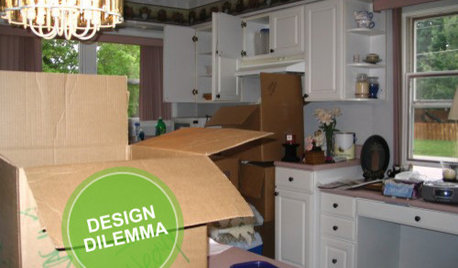
KITCHEN DESIGNDesign Dilemma: My Kitchen Needs Help!
See how you can update a kitchen with new countertops, light fixtures, paint and hardware
Full Story
DECORATING GUIDESDecorate With Intention: Helping Your TV Blend In
Somewhere between hiding the tube in a cabinet and letting it rule the room are these 11 creative solutions
Full Story
COLORPick-a-Paint Help: How to Create a Whole-House Color Palette
Don't be daunted. With these strategies, building a cohesive palette for your entire home is less difficult than it seems
Full Story



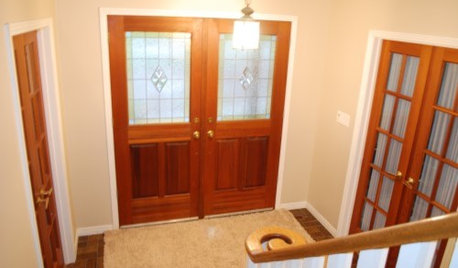
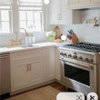
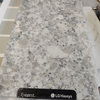


janwad